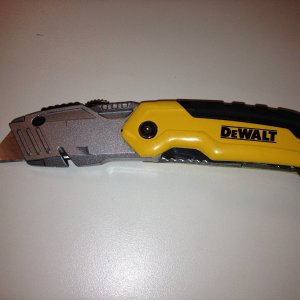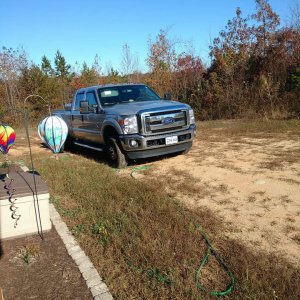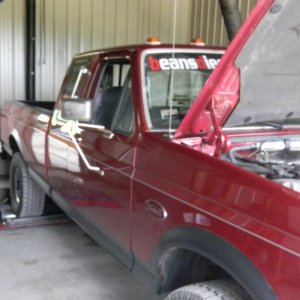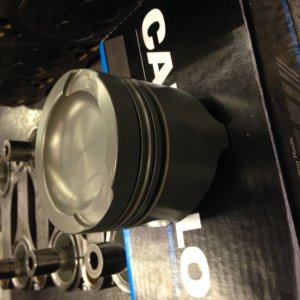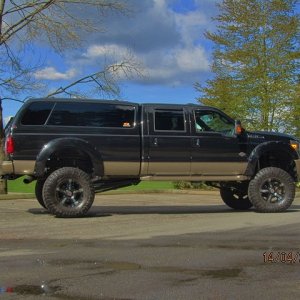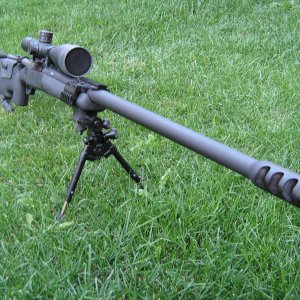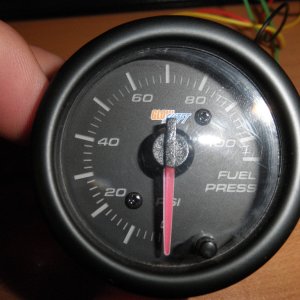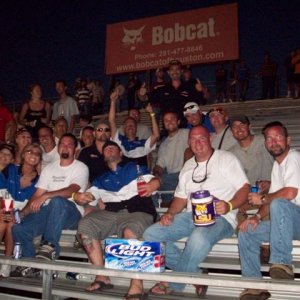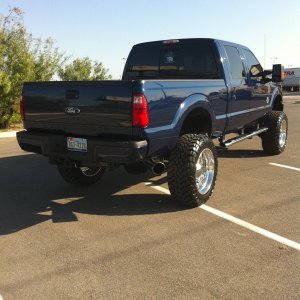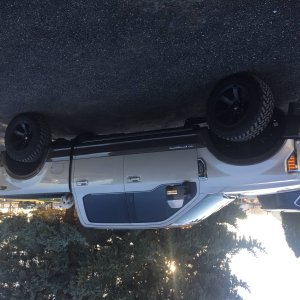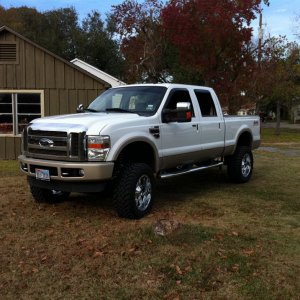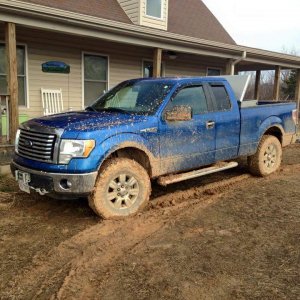Morgan@Midwest Diesel & Auto
New member
H11's torques less ft lb and still crack blocks. What your theory for that? Less overall torque than arp but still reached the 210k psi one the stretch it whatever it is. Lesser material sure., but lower torque number doesn't equal less stress per say given a different material. The stretch an arp 16 mm stood has at 275 ft lbs is way over what will cede be needed in a 6.4 application. I've got a well over 1000hp truck that says 225# holds just fine.
Notrius, big compounds, 100psi? That's a different story. Someone would have to try it. I will soon in another truck.
Notrius, big compounds, 100psi? That's a different story. Someone would have to try it. I will soon in another truck.

